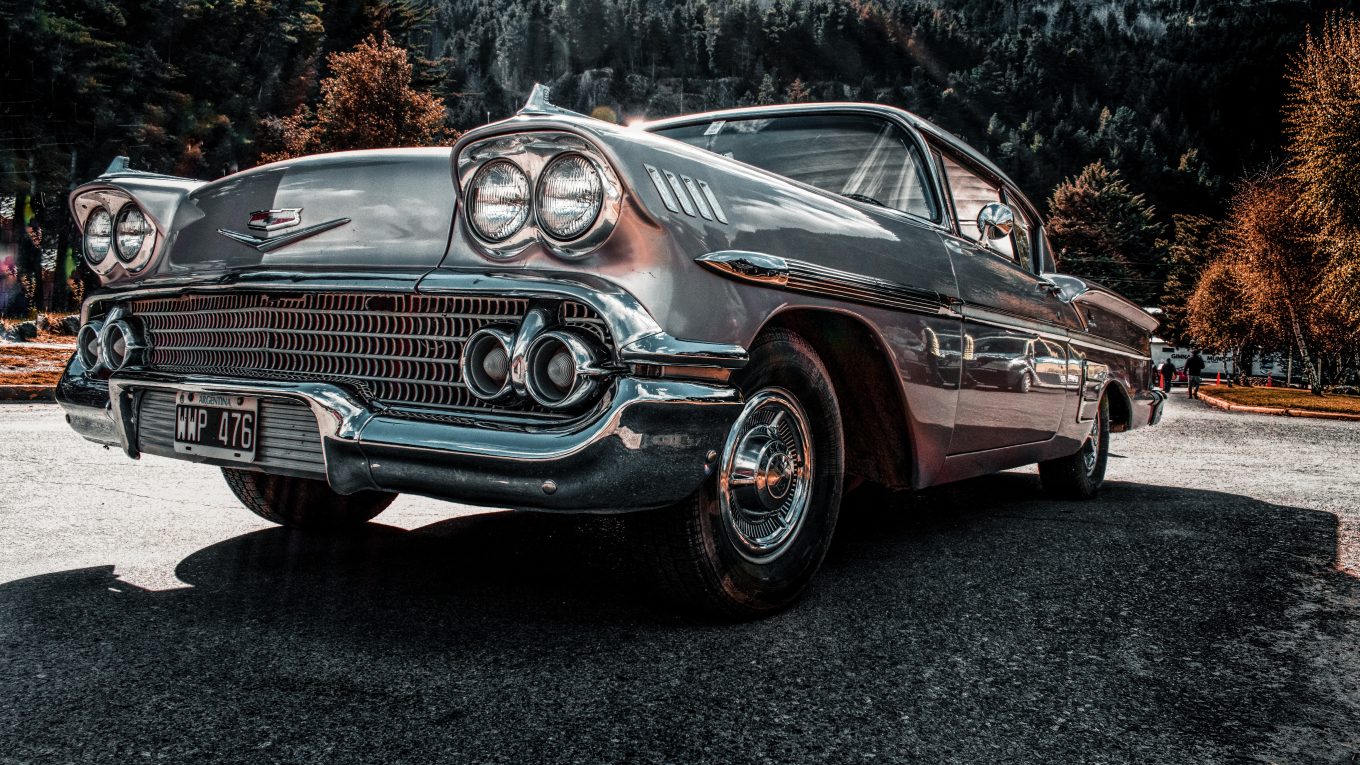How Muscle Cars are Different From Normal Cars? How they came into existence?
Muscle cars, the embodiment of American automotive might, are more than just machines; they are an icon of an era when horsepower was king and speed was paramount. This article explores the concept of muscle cars, their origins, and how they distinguish themselves from ordinary vehicles.
What Are Muscle Cars?
Muscle cars are high-performance, American-made automobiles that prioritize raw power and speed. They are characterized by their large, high-displacement V8 engines, rear-wheel drive, and sleek, aggressive designs. Unlike other cars, which may focus on practicality or fuel efficiency, muscle cars prioritize performance and exhilarating driving experiences.
The Ingredients of a Muscle Car:
-Powerful V8 Engine: At the heart of every muscle car is a potent V8 engine, known for its ability to deliver massive amounts of torque and horsepower.
– Rear-Wheel Drive: Muscle cars typically feature rear-wheel drive (RWD) to maximize traction for rapid acceleration.
– Distinctive Styling: Muscle cars often sport bold and aggressive designs, including hoods with scoops, racing stripes, and other aesthetic enhancements.
How Muscle Cars Came into Existence?
>The Precursors to Muscle Cars:
The concept of the muscle car evolved from the hot rod culture of the 1950s, where enthusiasts modified their cars for speed and style. These early hot rods laid the groundwork for the development of muscle cars.
>The Pontiac GTO: The First True Muscle Car:
The Pontiac GTO, introduced in 1964, is widely recognized as the first true muscle car. John DeLorean, the head of Pontiac at the time, circumvented GM’s policy on engine size by installing a large 389 cubic-inch V8 engine into a mid-sized Pontiac Tempest. This daring move ignited the muscle car craze.
The Golden Era of Muscle Cars:
>The Big Three Compete
General Motors (GM), Ford, and Chrysler emerged as the major players in the muscle car game during the 1960s and early 1970s. Each manufacturer produced a lineup of high-performance models, including the Chevrolet Camaro, Ford Mustang, and Dodge Charger.
>The Iconic Models:
– Ford Mustang: The 1964 Ford Mustang started the “pony car” class but quickly evolved into a muscle car with models like the Shelby GT500.
– Chevrolet Camaro: The Camaro, introduced in 1966, became a fierce competitor to the Mustang and spawned legendary variants like the Camaro Z/28.
– Dodge Challenger and Charger: Dodge introduced the Challenger in 1970 and the Charger earlier in the 1960s, producing memorable muscle cars like the Challenger R/T and Charger R/T.
How Muscle Cars are Different from Normal Cars?
>Performance Over Practicality
Normal cars are designed with practicality, fuel efficiency, and everyday use in mind. Muscle cars, on the other hand, prioritize performance and exhilarating driving experiences. This results in larger, more powerful engines and sportier suspensions.
>High-Performance Engines
Muscle cars are equipped with large-displacement V8 engines that deliver substantial horsepower and torque, allowing for rapid acceleration and high top speeds. Normal cars often have smaller, more fuel-efficient engines.
>Rear-Wheel Drive (RWD)
Muscle cars typically feature RWD layouts, which enhance traction for aggressive acceleration. Normal cars may use front-wheel drive (FWD) or all-wheel drive (AWD) for better stability and fuel economy.
>Aggressive Styling
Muscle cars are known for their bold and aggressive designs, often featuring distinctive hoods with scoops, wide tires, and racing stripes. Normal cars have more understated and practical aesthetics.
THE LEGACY OF MUSCLE CARS:
>Challenges and Decline
Muscle cars faced challenges in the 1970s, including stricter emissions regulations, the oil crisis, and rising insurance costs. These factors led to a decline in both performance and sales.
>Resurgence and Modern Muscle Cars
The 2000s saw a resurgence of interest in muscle cars, with modern interpretations like the Ford Mustang Shelby GT500 and Chevrolet Camaro SS combining nostalgic design elements with cutting-edge technology and performance.
Muscle cars, born from the need for speed and a desire for power, represent a unique chapter in the history of automotive engineering. They continue to captivate enthusiasts and evoke a sense of nostalgia for an era when the open road beckoned with the promise of speed and adventure. These extraordinary vehicles will forever hold a special place in the hearts of those who appreciate the symphony of thundering V8 engines and the thrill of the ultimate American dream machines.
